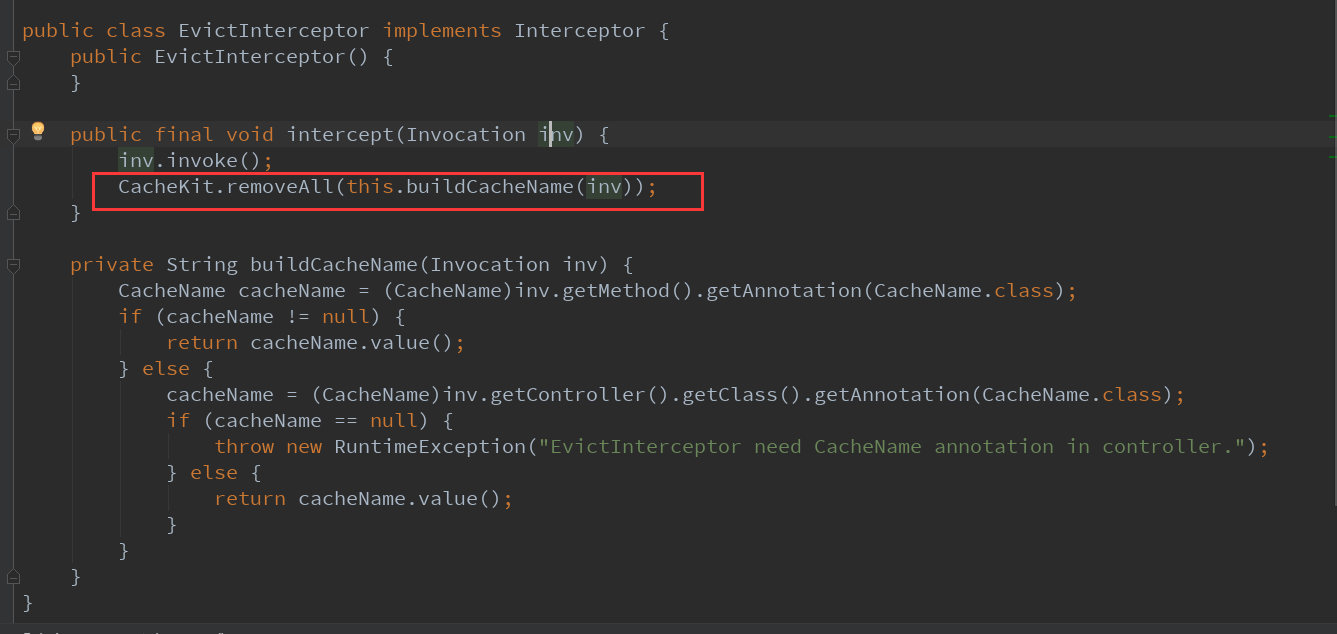一.关于EhCachePlugin
在之前的文章中,我们已经介绍过了JFinal中Cache的一些简单使用,这篇文章将讲述EhCachePlugin的使用, EhCachePlugin是JFinal集成的缓存插件,通过使用EhCachePlugin可以提高系统的并发访问速度。
二.基本配置
1.导入EhCachePlugin的相关jar包:、

2.ehcache.xml配置文件
<ehcache xmlns:xsi="http://www.w3.org/2001/XMLSchema-instance"
xsi:noNamespaceSchemaLocation="http://ehcache.org/ehcache.xsd"
updateCheck="false" monitoring="autodetect"
dynamicConfig="true">
<!--指定一个文件,当ehcache把数据写到硬盘上时,会默认把数据写到该文件下-->
<!--user.home - 用户主目录;user.dir - 用户当前工作目录;java.io.tmpdir - 默认临时文件路径。-->
<diskStore path="java.io.tmpdir" />
<!-- 设定缓存的默认数据过期策略 -->
<defaultCache maxElementsInMemory="10000"
eternal="true"
timeToIdleSeconds="3600"
timeToLiveSeconds="3600"
overflowToDisk="true">
</defaultCache>
<!--自定义cache-->
<cache name="user/list"
maxElementsInMemory="10000"
maxElementsOnDisk="1000"
eternal="false"
overflowToDisk="true"
timeToIdleSeconds="900"
timeToLiveSeconds="1800"
memoryStoreEvictionPolicy="LFU">
</cache>
</ehcache>3.在JFinal的基本配置类中添加EhCachePlugin插件:
@Override
public void configPlugin(Plugins me) {
DruidPlugin druidPlugin=creatDruidPlugins();
me.add(druidPlugin);
ActiveRecordPlugin arp=new ActiveRecordPlugin(druidPlugin);
//建立了数据库表到Model的映射
_MappingKit.mapping(arp);
me.add(arp);
//配置缓存插件
me.add(new EhCachePlugin());
}三.CacheKit
CacheKit是缓存操作工具类,可对缓存进行一系列的操作。
下面是实例:
public void text(){
User user = new User().dao();
List<User> users = CacheKit.get("cacheTest","userlist");
if(users == null){
users = user.find("select * from user");
CacheKit.put("cacheTest","userlist",users);
}
setAttr("userList",users);
render("index.html");
}CacheKit可以对缓存进行读写操作,CacheKit.get()方法中,第一个参数为cache的名称,这个应与ehcache.xml中所配置的name相同,第二个参数为key表示着取值时的对象。在CacheKit.put()向缓存中放数据的方法中,第一个参数为cache的名称,第二个参数为取值时用到的key,第三个参数则为所要放入缓存的对象。
除了get()以及put方法之外,CacheKit还有一下操作方法:
-
List getKeys(String cacheName):获取名称为“cacheName”的cache中全部key。 remove(String cacheName, Object key):删除某一缓存。removeAll(String cacheName):删除cache中的全部缓存。static Cache getOrAddCache(String cacheName):根据cacheName获取或创建cache。
四.CacheInterceptor
除了使用CacheKit对缓存进行操作之外,JFinal还提供了 CacheInterceptor拦截器,该拦截器可以将action所需数据全部缓存起来,下次请求到来时如果cache存在则直接使用数据并render,而不会去调用action。使用该用法之前需要将ehcache.xml中的cache的name命名为action:
如:
@Before(CacheInterceptor.class)
public void list() {
User user1 = getModel(User.class);
UserService userService = new UserService();
userService.add(user1);
setAttr("userList", userService.queryUsetrList());
render("index.html");
}
此时,cache的name将为<cache name="/user/list" ...>
若cache的name为自定义的,则可使用@CacheName(" cachename ") 注解来取代actionkey。
五.EvictInterceptor
EvictInterceptor可以根据CacheName注解自动清除缓存。
如:
@Before(EvictInterceptor.class)
public void update(){
getModel(User.class).update();
render("index.html");
}EvictInterceptor与CacheInterceptor的配合可以很好地更新缓存的数据。
以下是EvictInterceptor的源码:

我们可以看到,拦截器被调用后,将调用CacheKit.removeAll()方法将缓存全部清除。
六.
JFinal的缓存机制虽好用,但我们要注意缓存操作并不适用与很多查询。而对于一些在短期内数据变动不大并且查询复杂的数据而言,缓存能够很好的发挥其作用。